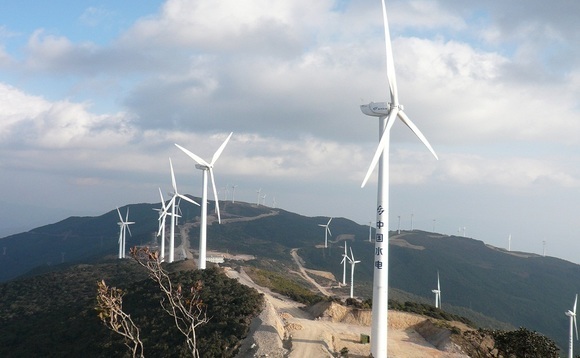
The cleantech sector: renewable?

Since the COP15 debacle in Denmark nearly a year ago, it has been more or less all downhill for the clean/green sector that as recently as 2008 looked to be on the threshold of political and market breakthroughs – notably in carbon pricing – that most expected would usher in a new economic ecosphere.
The reasons for the reversal are various, ranging from the inability of participants in the UN-backed process dating back to the Rio summit to achieve any meaningful agreement, to credibility sc...
Latest News
Asian GPs slow implementation of ESG policies - survey
Asia-based private equity firms are assigning more dedicated resources to environment, social, and governance (ESG) programmes, but policy changes have slowed in the past 12 months, in part due to concerns raised internally and by LPs, according to a...
Singapore fintech start-up LXA gets $10m seed round
New Enterprise Associates (NEA) has led a USD 10m seed round for Singapore’s LXA, a financial technology start-up launched by a former Asia senior executive at The Blackstone Group.
India's InCred announces $60m round, claims unicorn status
Indian non-bank lender InCred Financial Services said it has received INR 5bn (USD 60m) at a valuation of at least USD 1bn from unnamed investors including “a global private equity fund.”
Insight leads $50m round for Australia's Roller
Insight Partners has led a USD 50m round for Australia’s Roller, a venue management software provider specializing in family fun parks.






